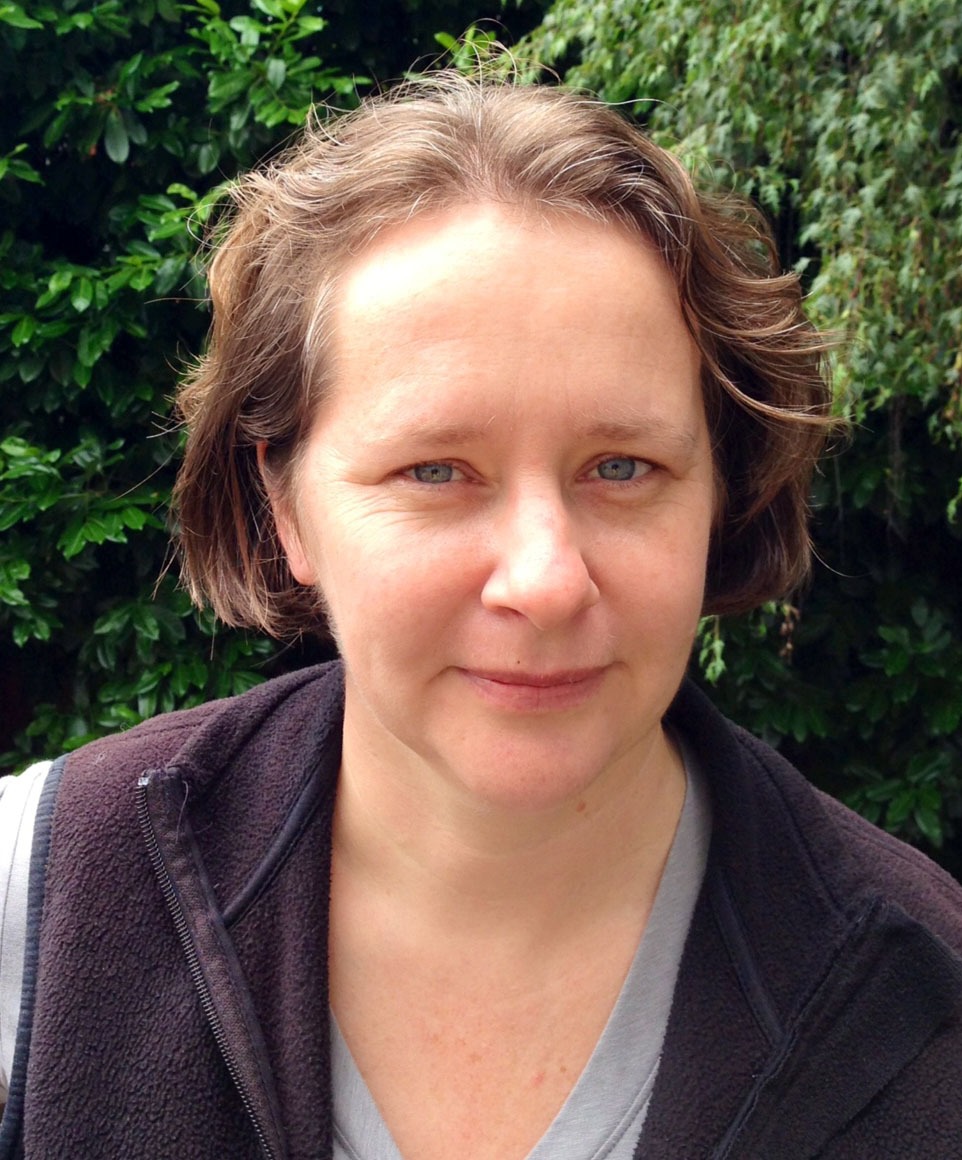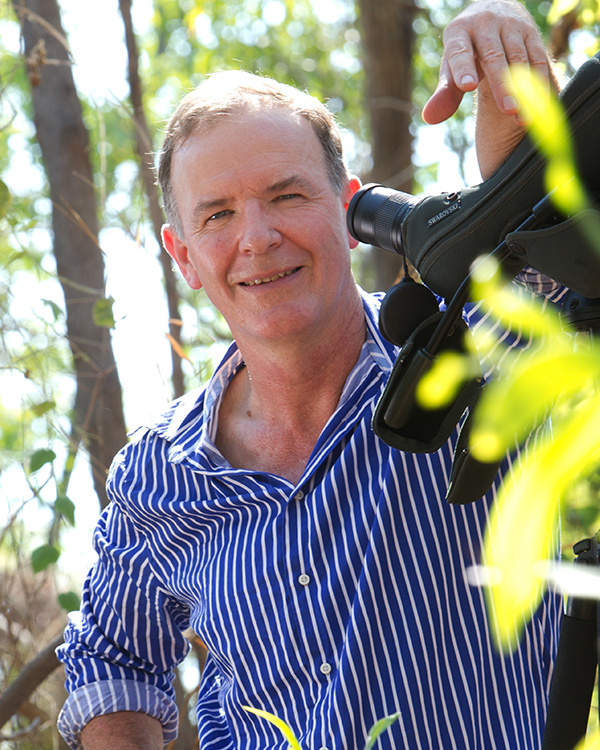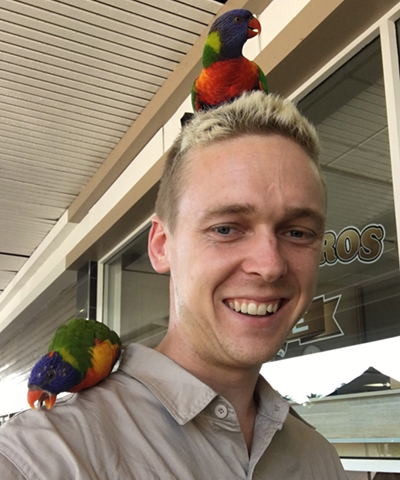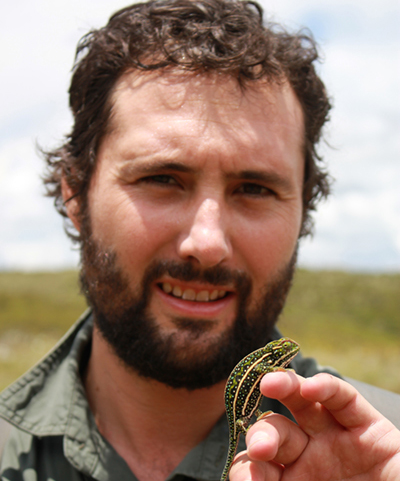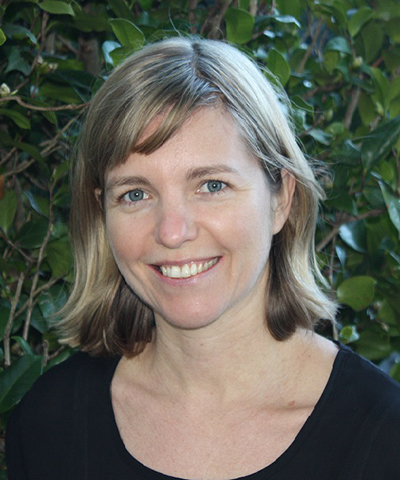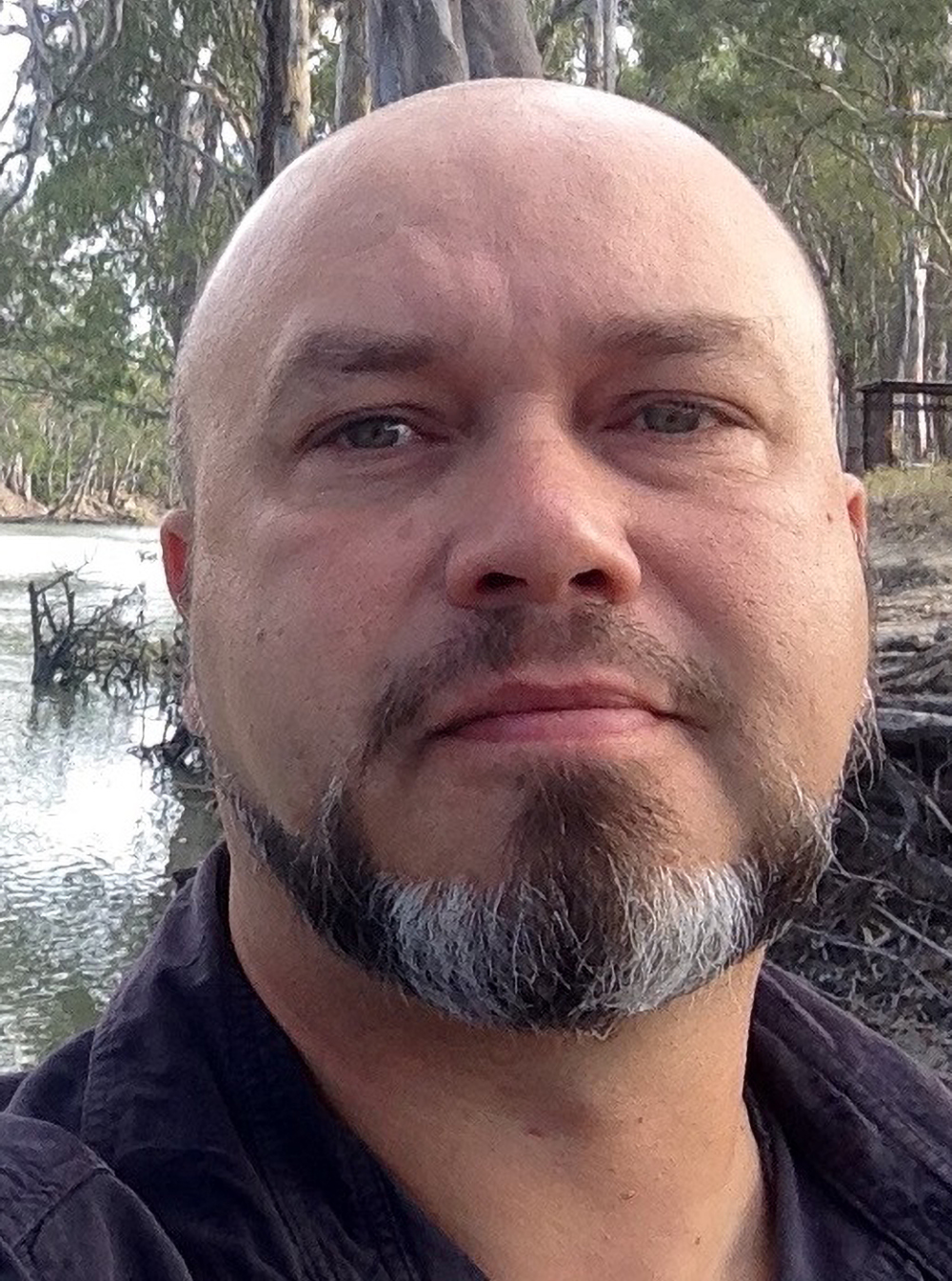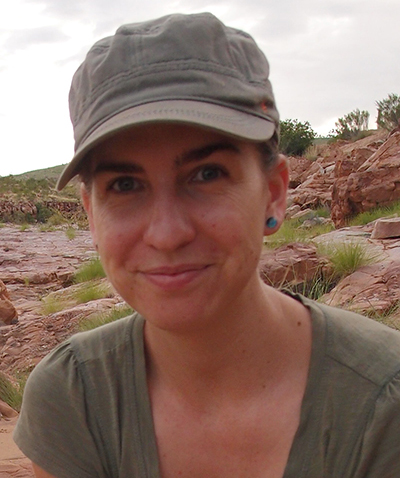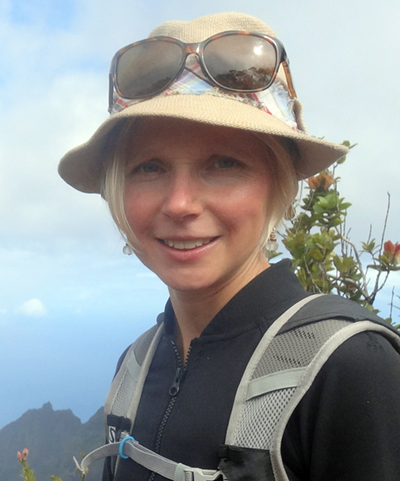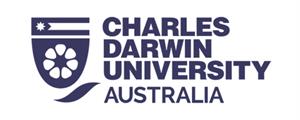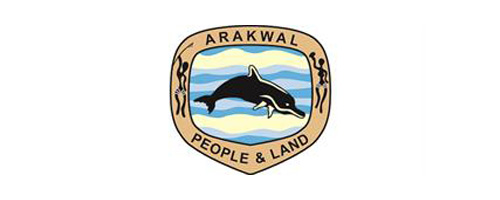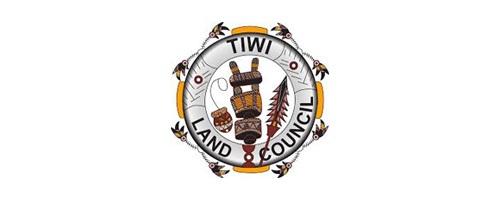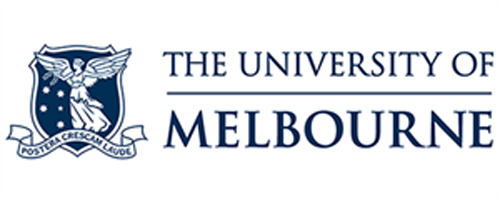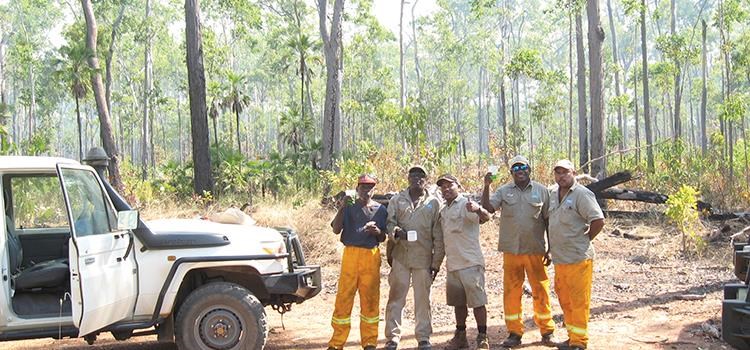
Project: 6.2
Indigenous action in threatened species research and management
Project Leaders: Catherine Robinson , Stephen Garnett
Research in Brief
Most threatened species ranges overlap with Indigenous lands. Many Indigenous people and groups already play an active role in the management of many threatened species but there is still a lot of opportunity to increase and formalise Indigenous involvement in threatened species management. This project will look at threatened species habitat and existing conservation activities on Indigenous land, and will identify new opportunities for Indigenous people to participate in protecting and recovering Australia’s threatened species. The project will also work with Indigenous partners to co-develop a cross-cultural approach to plan, deliver and monitor on-ground threatened species recovery activities.
Why is the research needed?
Most threatened species ranges overlap with Indigenous lands. For many threatened species all or a major part of their range occurs on Indigenous land. Effective engagement of Indigenous land and sea managers is therefore vital in the conservation of these species. Indigenous people can also bring valuable traditional ecological knowledge to the management of these species.
Increased participation in active threatened species management also presents opportunities for Indigenous people and groups; many who would like to expand existing work on country; and who are already achieving biodiversity outcomes for which they receive no formal recognition.
Increasing Indigenous participation in Threatened Species conservation also presents challenges: there are insufficient resources to undertake all desirable actions; and people are looking for a range of different outcomes from the lands and seas they manage.
Achieving increased Indigenous participation in Threatened Species management will firstly require effective engagement of Indigenous land and sea managers to identify impediments to participation; to map ways to overcome barriers; and to identify and develop new opportunities. 

Photos: A research planning workshop held with Arakwal people, who are the traditional owners and joint managers of Arakwal National Park in NSW. Photos: Arakwal.
How will the research help?
This research will improve threatened species outcomes as well as recognise and increase opportunities for Indigenous Australians to work on country where they choose to do so. It will provide a detailed understanding of: the range of views towards threatened species held by Indigenous peoples; and the policy settings needed to ensure that local Indigenous support for the management of threatened species continues.
Another goal of the project is to identify opportunities and develop pathways for Indigenous people to engage in on-country enterprises that also protect and recover threatened species. A key to this will be finding ways to report multiple benefits of Indigenous management for threatened species and for Indigenous people.
The project will also produce:
- A set of guiding principles on how to engage Indigenous people with threatened species conservation and pathways to maximise benefit both to the Indigenous people and the species requiring conservation
- A cross-cultural prioritisation approach that Indigenous managers can apply to assist with making decisions concerning threatened species and other values on their land
- A national analysis of threatened species management needs across Australia, highlighting potential locations and opportunities where further engagement with Indigenous people could result in high benefits to threatened species
A framework for a national Indigenous people’s threatened species strategy.
What research activities are being undertaken?
The project involves three on-ground case studies of threatened species management by Indigenous people:
- Culturally important mammals on the Tiwi Islands (NT)
- The Alligator Rivers Yellow Chat in Kakadu National Park (NT)
- Threatened species in Arakwal National Park (NSW)
Case studies will be co-developed with Indigenous partners. During the development the team will identify impediments to Indigenous participation in threatened species management, and how impediments could be overcome.
The project will draw lessons from each of the on ground case studies on the ways in which Indigenous people wish to engage with threatened species and communities. We are undertaking interviews and workshops with Indigenous peoples engaging with threatened species in different ways in order to develop appropriate cross-cultural approaches to threatened species management.
Case study learnings will be used to underpin the development of guiding principles on engaging Indigenous people with threatened species conservation for mutual benefit, and a cross-cultural prioritisation approach to assist Indigenous managers with making decisions concerning threatened species and other values on their land.
A national level analysis of threatened species management needs across Australia will be undertaken, which highlights potential locations and opportunities where further engagement with Indigenous people could result in high benefits to threatened species. The analysis will cover all land where Indigenous people have management rights and opportunities, and consider existing management, threatening processes, potential benefits and resource requirements of potential management.
Finally, we will combine local level findings with the national analysis to underpin a framework for a national Indigenous people’s threatened species strategy.
Who is involved?
Indigenous people, Indigenous managers and non-Indigenous funding agencies, including the Tiwi Land Council, Arakwal Aboriginal Corporation, Kakadu and Arakwal Joint National Park Joint Management Boards and Traditional Owner Members of the Board.
Where is the research happening?
The work is happening at multiple locations including: Arakwal National Park in northern NSW, the Tiwi Islands and Kakadu National Park in NT. Associated work is being undertaken on Martu lands in WA. Connected research is also occurring elsewhere on Cape York Peninsula, Central Arnhem Land and in areas managed for fire by Indigenous peoples in southern Australia.
When is the research happening?
The project will continue until mid 2021. Surveys of existing and potential Indigenous engagement in threatened species management across Australia will be complete in late 2017.
More Information
For more information contact:
Prof Stephen Garnett - stephen.garnett@cdu.edu
OR
Dr Cathy Robinson - Catherine.robinson@csiro.au
Top image: Tiwi Land Rangers. Photo: Tiwi Land Council.
-
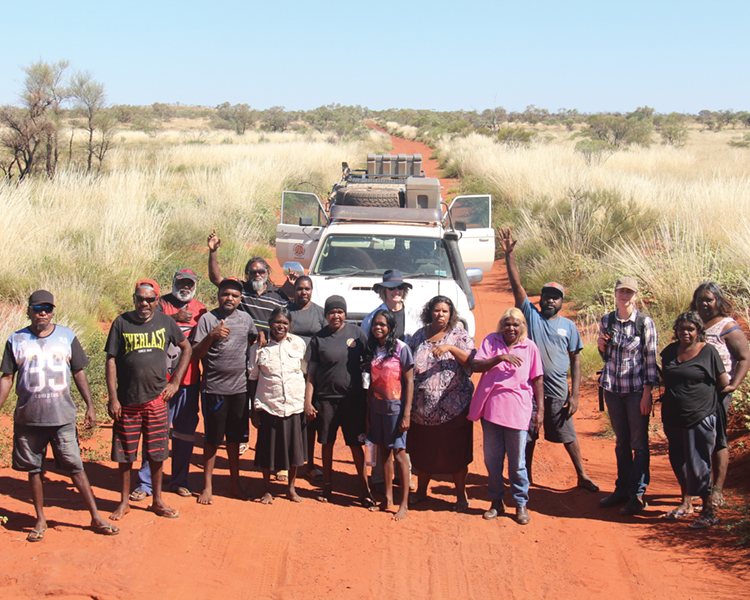
Indigenous engagement vital to saving species
Tuesday, 29 May 2018 -
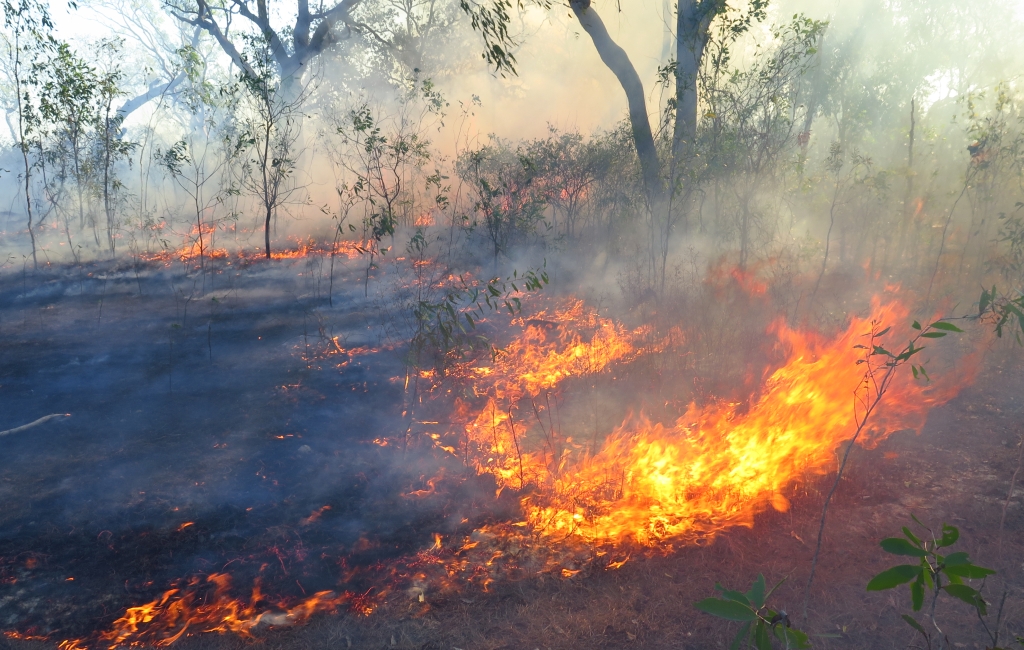
Partnerships with Indigenous communities key for threatened species
Wednesday, 30 March 2016 -
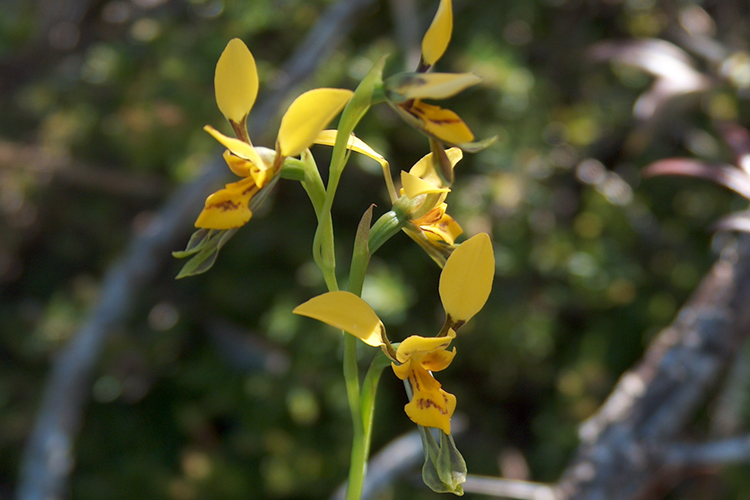
Working together to care for the Byron Bay orchid
Tuesday, 20 August 2019 -
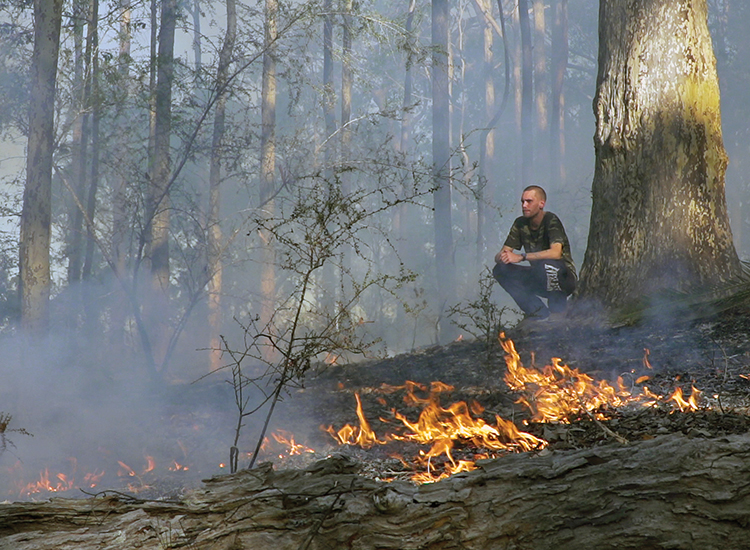
Cultural fire: Listening to and caring for Country with fire
Monday, 31 August 2020


